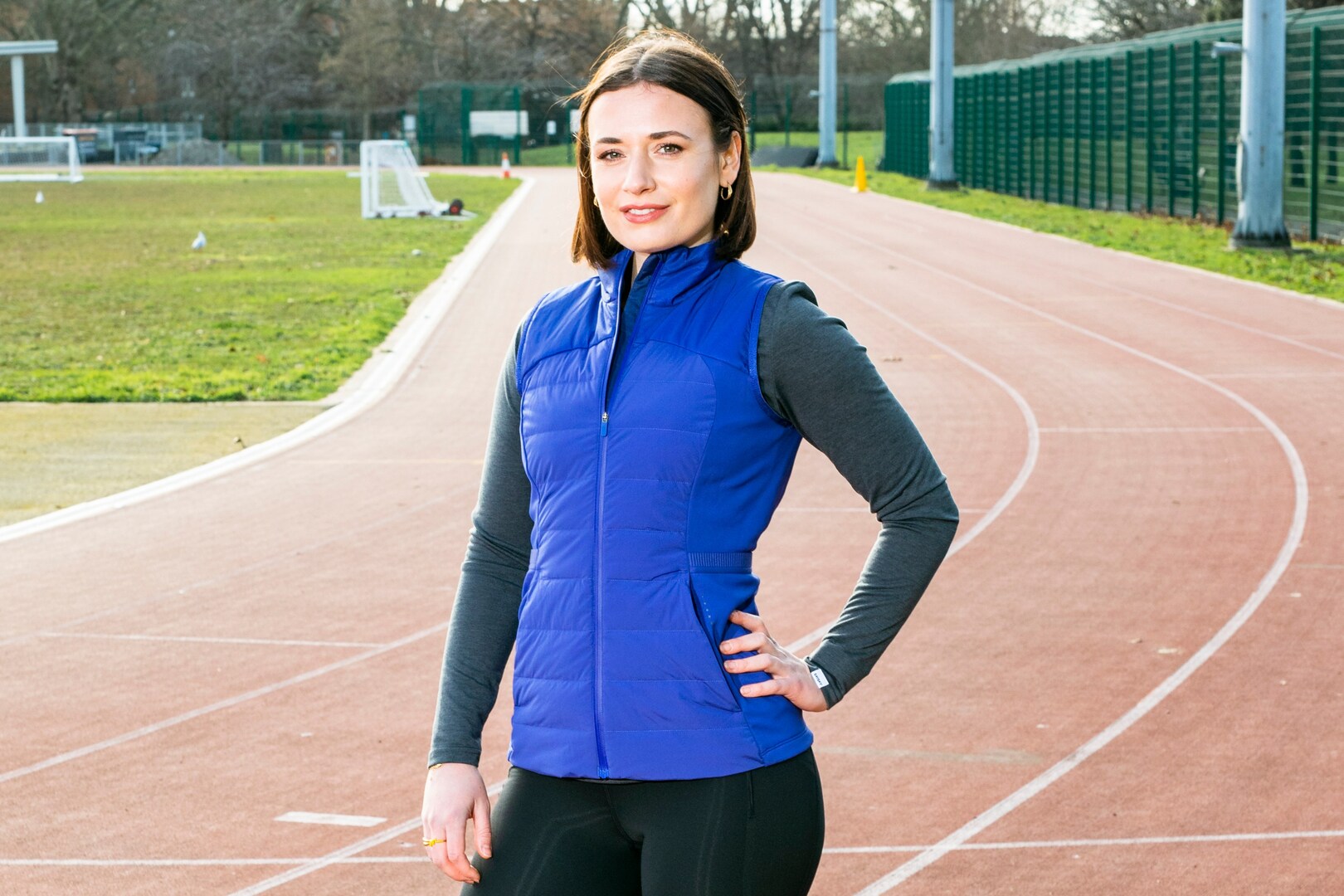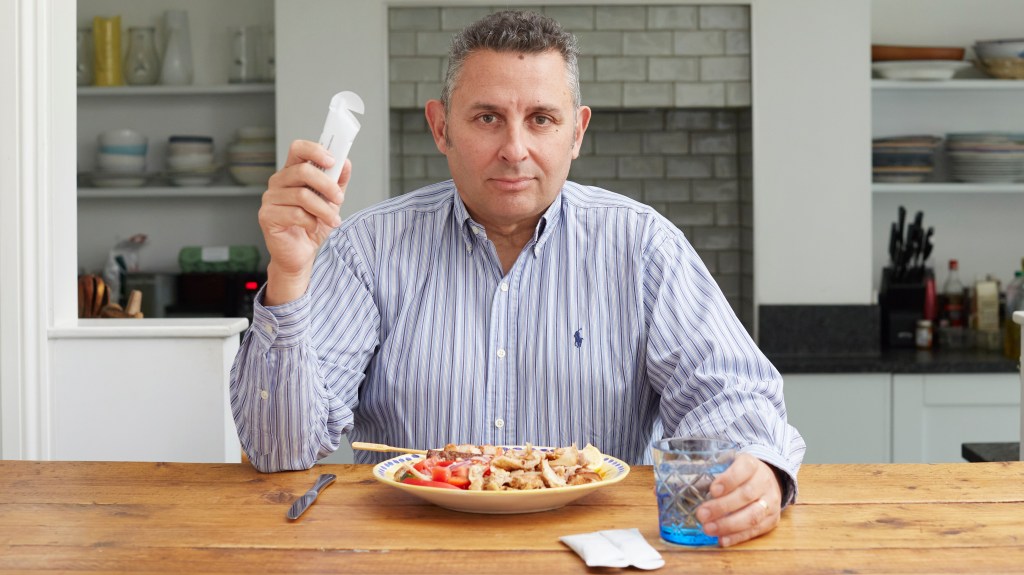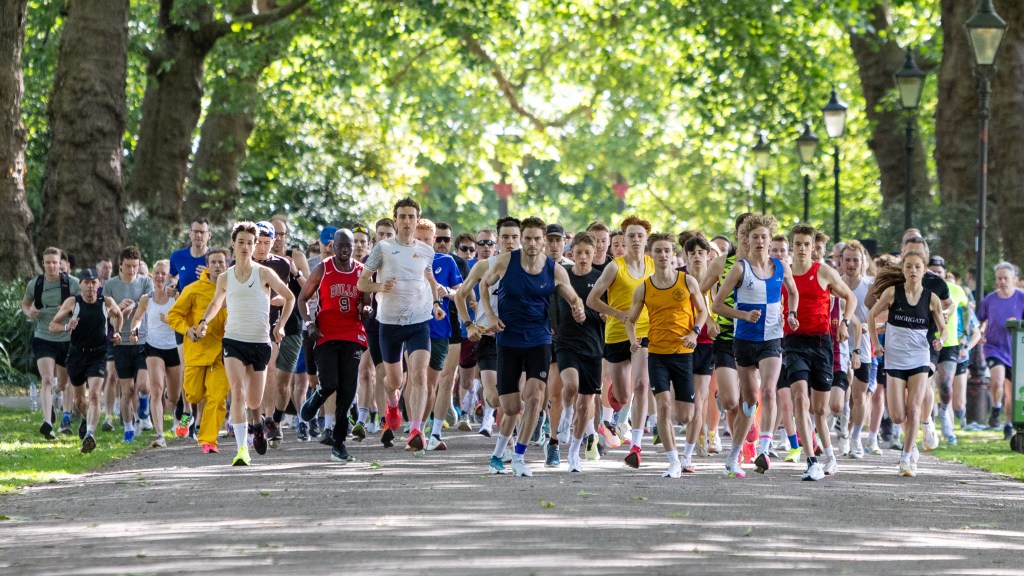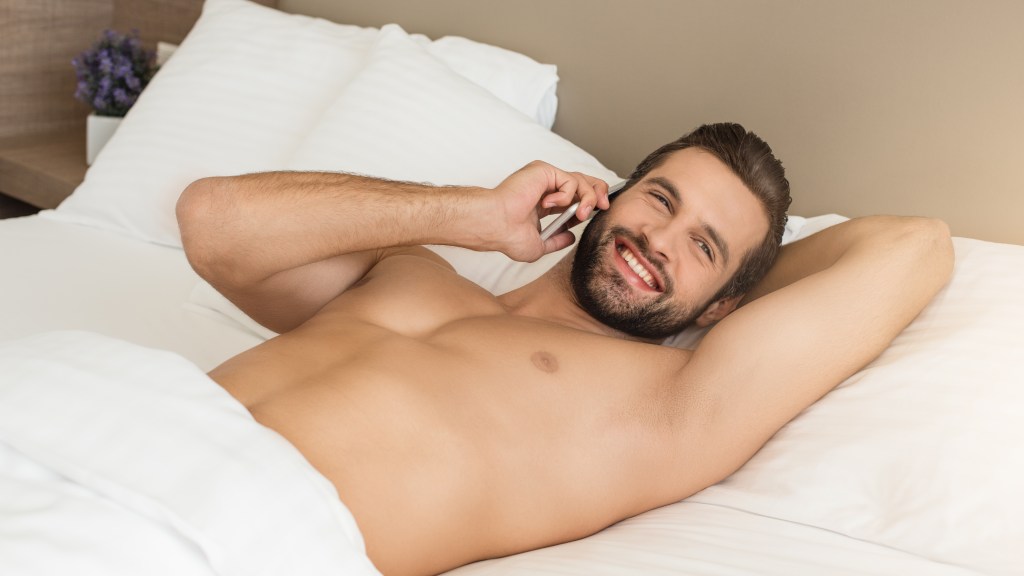The Impact of Wearable Technology on Relationships: A Personal Reflection
When I tied the knot a decade ago, I found myself playfully adjusting my wedding ring at social gatherings, much like King Charles often fiddles with his ring while attending to important discussions. It’s a subtle declaration: “Look at me, someone chose to marry me!”
However, these days, I notice my wife’s expressions of discontent as I play with another ring alongside my wedding band. It’s my Oura Ring, a powerful health tracker that accompanies me 24/7, monitoring vital statistics. While I cherish my relationship with my wife, I can understand her feelings of insecurity regarding my attachment to this digital companion.
It’s almost comical how this could come up during counseling: “It all started when we began spending so much time together.” I wear the Oura ring continuously, and during the brief period it recharges, I find myself mesmerized by its lights. With a tissue in hand, I express, “It’s so rare to find a connection, even with a ring, that serves as a supportive partner tuned into my daily life.” Oura provides encouragement merely for being awake and thoughtful insights when my stress levels spike.
As with any relationship, conflicts are inevitable, yet the manner of communication during these times is crucial. If I binge-watch a show like The White Lotus for hours, my wife might confront me, saying, “I’m trying not to be frustrated, but you promised to help me with the floors.” On the other hand, Oura delivers a lighthearted nudge with a notification: “Time to get moving?” I appreciate this approach, as I respond better to kindness, especially when paired with beneficial health data highlighting the advantages of being active.
I believe my Oura Ring relieves some pressure from my marriage. Not every spouse is keen on their partner’s sleep patterns. My wife might inquire, “Did you have a restless night? You were all over the bed.” Whereas Oura simply notes, “Your sleep score dipped below your usual level… take it easy,” backed by solid statistics. For instance, while my deep sleep scores may be commendable, my REM sleep was notably lacking last night.
Why was this the case? Because my wife was away in London, and I found myself missing her. I kept peering at my phone awaiting a message, and when it didn’t arrive, I turned to Oura for comfort instead.
The ring even inquired about my hobbies and how they affect my overall wellness. It offered to analyze my meals, likely aiming to find the optimal way for me to enjoy snacks in front of the screen. While I remain committed to my wife, I can’t help but predict that, even after 25 years of marriage, she won’t provide insights like this.

The Ups and Downs of My Relationship with Whoop
by Hannah Evans
To begin, I want to express my fondness for my fitness tracker, Whoop. This device tracks my heart rate, sleep quality, and temperature, compiling all data into an app I access for a monthly fee that I, as an active 31-year-old, willingly pay.
Its ability to break down sleep patterns and provide colorful data representations is impressive. I appreciate that after a grueling workout, it signals that I should take it easy the next day. I find it fascinating how this tracker can predict illness before I realize it. Clever, indeed!
While I used to adore my Whoop, cracks began to appear in our relationship over the years. Like many long-term commitments, I began to question whether it was a healthy attachment or had turned toxic. Perhaps you’ve encountered similar feelings regarding your fitness gadgets, be it a Fitbit, Garmin, or Apple Watch, that share similar features.
My uncertainty began with subtle gaslighting. I’d wake up bursting with energy as if I could conquer a marathon (which I often do), but Whoop often disagreed. I would consult the app and see a discouraging low recovery score—its way of saying, “You’re not up to much today.”
Guilt soon followed. Any fitness enthusiast knows how just a single drink can drastically affect their scores. Initially, it seemed reasonable who needs a glass of wine during the week? But that mentality crept into weekends and social gatherings, putting me in a bind.
This eventually led to denial. I found myself diverting conversations with friends to discuss Whoop metrics instead of normal topics, as they enjoyed harmonious relationships with their devices, which also told time. When a friend suggested taking a break from tracking, I dismissed it, insisting I was in a healthy state.
Let’s overlook the inconvenience of not being able to wash the strap after an intense session, leading to accumulated sweat residues.
The tipping point came during a holiday in Spain. As I transitioned from the gym to the pool and shower, I often removed Whoop to tan the paler skin on my wrist but accidentally left it behind. In a panic, I pleaded for assistance, realizing the influence my tracker had over me.
“I think you’ve got a problem,” a friend bluntly observed. Whoop had turned me into quite a mess.
A year later, I am happily free from my tracker, which now rests in a drawer. My only tracking now consists of casual runs with a simple sports watch—sometimes I don’t wear it at all.




Post Comment